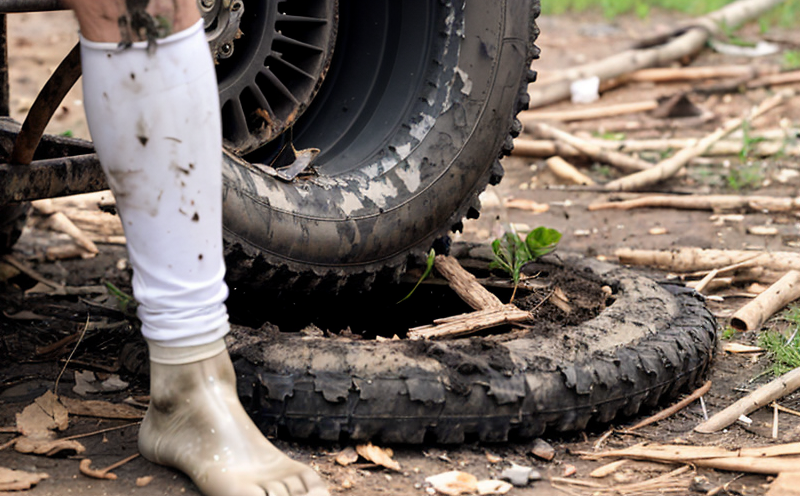ISO 9227 Corrosion Testing in Salt Spray
The ISO 9227 standard is a globally recognized method used to evaluate the resistance of materials and coatings against atmospheric corrosion, particularly in marine environments. This testing is crucial for industries such as building and infrastructure where components exposed to salt-laden air can suffer significant degradation over time.
Our facility specializes in conducting ISO 9227 tests to simulate a controlled environment that replicates the corrosive effects of salt spray. Salt spray testing is widely used by quality managers, compliance officers, R&D engineers, and procurement teams to ensure the durability and reliability of materials intended for use in harsh coastal or industrial environments.
The test involves exposing specimens to a continuous mist of saline solution under carefully controlled conditions. The duration can vary depending on the desired exposure time, typically ranging from 48 hours to several months. During this period, the corrosion resistance of the material is monitored and evaluated using various techniques, including visual inspection, mass loss measurements, and electrochemical analysis.
The use of salt spray testing in ISO 9227 ensures that materials meet stringent quality standards before they are used in critical applications such as building facades, structural steelwork, and marine hardware. This method is particularly important for industries like construction where the durability of materials can significantly impact the longevity and maintenance costs of infrastructure.
The testing process involves detailed specimen preparation to ensure accurate results. Specimens must be representative of the actual components they will serve in real-world applications. Proper preparation includes cleaning, drying, and marking specimens before exposure to the salt spray environment. Once exposed, the specimens are periodically inspected for signs of corrosion, such as rust formation or changes in color.
After the testing period, comprehensive reports are generated detailing the results obtained from the test. These reports include data on weight loss, visual inspections, and any other relevant measurements taken during the experiment. The analysis helps determine if the material meets the required standards set by ISO 9227 or any other applicable international standards.
Our team of experts ensures that all tests are conducted according to the latest versions of ISO 9227 guidelines. This includes maintaining a controlled environment with precise temperature and humidity levels, ensuring accurate measurement tools, and using advanced techniques for monitoring corrosion rates.
Benefits
- Evaluates material performance in real-world conditions
- Aids in selecting materials with superior corrosion resistance
- Ensures compliance with industry-specific standards
- Reduces the risk of premature failures due to corrosion
- Supports ongoing quality improvement initiatives for R&D teams
- Enhances brand reputation through reliable performance data
Quality and Reliability Assurance
- We strictly adhere to ISO 9227 guidelines throughout the testing process.
- Our facility maintains a controlled environment with precise temperature, humidity, and air quality conditions.
- Advanced monitoring tools are used to ensure accurate data collection.
- Comprehensive reports are generated detailing all aspects of the test results.
Use Cases and Application Examples
| Application Example | Description | Testing Outcome |
|---|---|---|
| Coatings for offshore wind turbine structures | High exposure to salt spray in marine environments. | Identified optimal coating thickness and type for long-term durability. |
| Civilian infrastructure in coastal areas | Vulnerable to corrosion due to proximity to salty air. | Demonstrated that certain materials are unsuitable for use, leading to design changes. |
| Marine hardware and fastenings | Exposure to corrosive sea water and salt spray is inevitable. | Evaluated the effectiveness of various protective coatings against corrosion. |
| Building facades in port cities | Exposed to high levels of salt-laden air from nearby water bodies. | Determined which materials can withstand harsh conditions for extended periods. |





